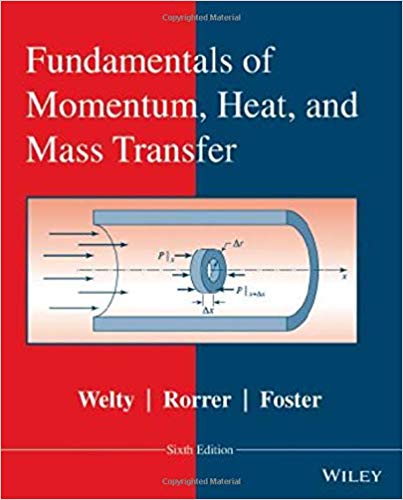Hydrogen embrittlement weakens the mechanical strength of cast iron. This phenomenon frequently occurs in cast-iron pressure vessels
Question:
Hydrogen embrittlement weakens the mechanical strength of cast iron. This phenomenon frequently occurs in cast-iron pressure vessels containing hydrogen (H2) gas. The H2 gas dissolves into the iron metal (Fe) and diffuses into the solid nonporous Fe by an interstitial diffusion mechanism. The H2 gas does not have to penetrate very far into the iron to have a negative effect on the mechanical strength of iron. In the present situation, 100% H2 gas at 100°C is contained within a cylindrical iron vessel of inner 1.0 m and wall thickness of 2.0 cm. The solubility of hydrogen in iron at 100°C is 2.2 × 10-7 mole H (1.33 × 1017 atoms H)/g Fe. The diffusion coefficient of hydro gen atoms in solid Fe is 124.0 × 10-9 cm2/s at 100°C. Initially, there are no H atoms in the solid iron. How many hours will it take for the hydrogen level within the iron metal to reach 1.76 × 10-7 mole H (1.06 × 1017 atoms H/g Fe) at a depth of 0.1 cm from the surface exposed to the hydrogen gas?
Step by Step Answer:

Fundamentals Of Momentum Heat And Mass Transfer
ISBN: 9781118947463
6th Edition
Authors: James Welty, Gregory L. Rorrer, David G. Foster





